Flavor characteristics of Brazilian Italian concentrated red bourbon coffee beans proportion of coffee beans blended for export
Professional coffee knowledge exchange more coffee bean information please follow the coffee workshop (Wechat official account cafe_style)
Brazilian coffee has always been popular with coffee lovers for its mellow acidity and nutty cocoa aroma. In the Qianjie coffee rations bean series, there is a Brazilian coffee bean with obvious chocolate nut flavor, mellow and moderate, which is the best choice for friends who do not like sour coffee. Qianjie Coffee includes Brazil not only in the rations bean series, but also in the season hanging ear coffee series, which shows that Brazil, as a coffee producer, is indispensable in the classic coffee flavor.
Coffee producing area
Brazil is located in the Latin American region of the Western Hemisphere, located in the eastern part of South America and on the west coast of the Atlantic Ocean, bordering all countries on the South American continent except Ecuador and Chile; most of its territory lies between the equator and the Tropic of Cancer. It is the most tropical country in the world. The territory has a tropical rain forest climate and a tropical prairie climate. The superior tropical natural conditions are very suitable for the growth and production of tropical cash crop coffee.
The "Brazilian rations beans" in Qianjie comes from Minas Gerais, the representative coffee producing areas of Minas Gerais are Syrador and South Minas, both of which are at higher elevations. Hirado is located in the west of Minas Gerais, a flat plateau at 750m-1200m above sea level. South Minas is a hilly woodland in 700m-1200m above sea level. Since 1999, South Minas has won the most manors in Brazil's Outstanding Cup bidding.
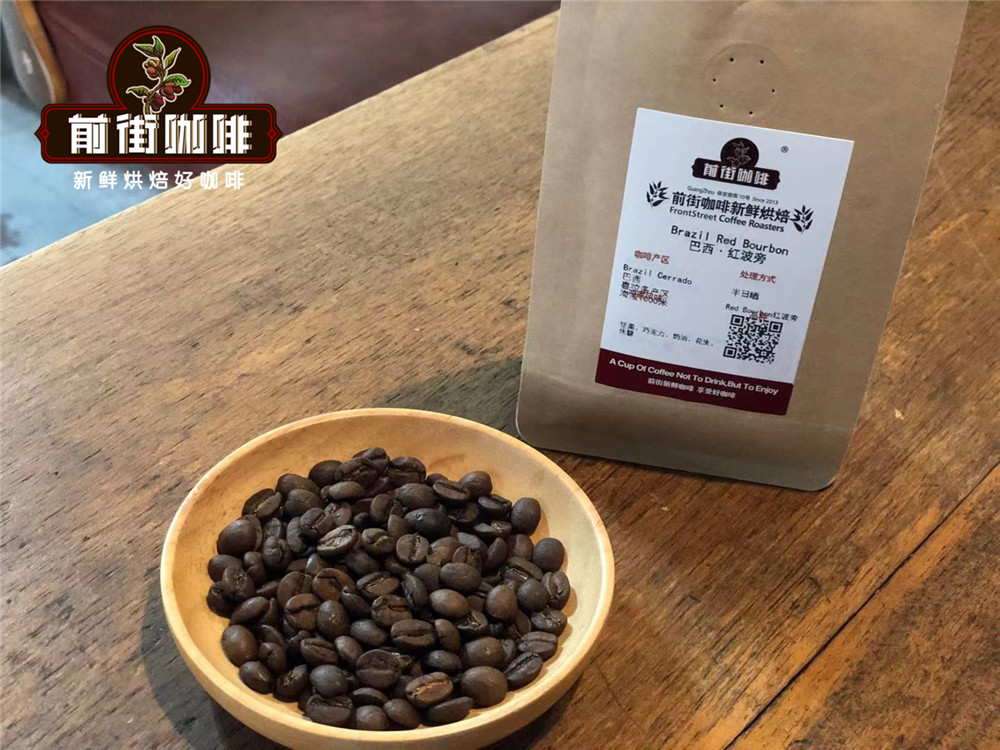
Coffee Variety-- Red bourbon
Bourbon coffee was originally grown on the island of Reunion, which was also known as le Bourbon before 1789. Bourbon, the second species caused by the Typica mutation, is the oldest coffee variety in existence, and the green fruit appears bright red when it is ripe. After the red bourbon general coffee tree blossoms and bears fruit, the color change of the coffee fruit is: green > turn yellowish > turn slightly orange > turn mature red > turn more ripe dark red, so some people also call it [red bourbon], in fact, red bourbon, that is, what we call bourbon species.
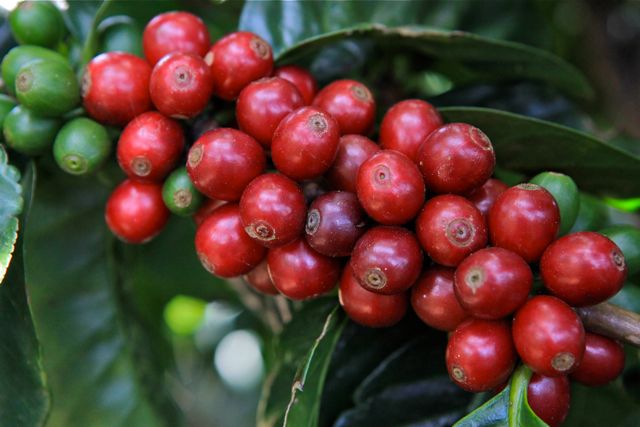
Bourbon planted at high altitude usually has a better aroma, while the acidity is brighter, and it even tastes like red wine. Generally speaking, bourbon is a coffee tree that belongs to a branch of Arabica species, generally bearing red fruit, called red bourbon, in addition to yellow bourbon, orange bourbon, yellow bourbon relatively low yield, but better quality.
Processing Technology of Brazilian Coffee
Due to its vast territory and huge output, solarization has long been the main treatment in Brazil, and washing can not support the production of such a large amount of coffee beans. This also gives the industry the habitual thinking of shoddy Brazilian coffee (but it does not mean that all Brazilian coffee is cheap, and the coffee produced by famous estates is also quite good).
Since 1990, half-sun (or semi-water washing) has been advocated in Brazil, that is, after removing defects and floating fruits through a sink, peel, pulp and part of pectin are removed by machine, then washed and finally dried or dried in a drying room. Compared with the water washing method, the half-sun method saves water and labor, which has greatly improved the quality of Brazilian coffee, reversing the bad criticism of Brazilian coffee after years of rough sun exposure.
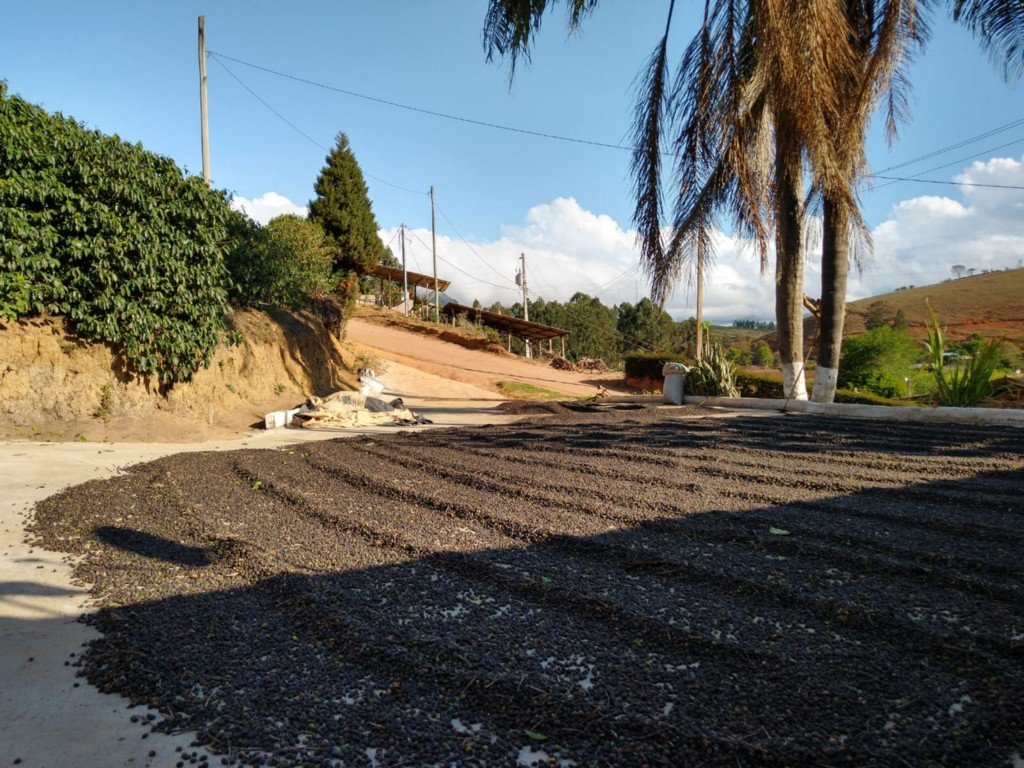
There are no first-class coffee beans in Brazil
If you encounter first-class coffee beans in Brazil, it must be fake. Brazil believes that beans that are completely flawless can become NY.1, while beans that are completely flawless are not. So, among the raw beans in Brazil, the best is NY.2.
NY grading method is the coffee bean grading method used in Brazil, which includes a comprehensive consideration of the number of coffee beans, the number of defects and cup test results, the highest grade is NY.2.
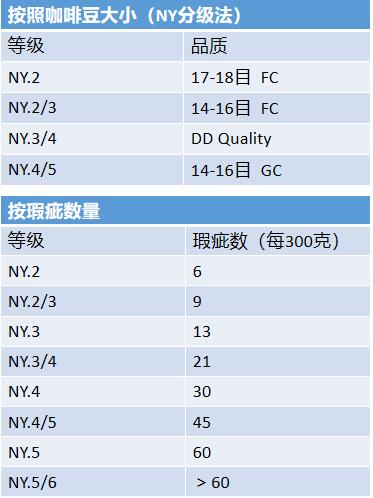
What are the uses of Brazilian coffee beans?
The production of Brazilian coffee beans is huge, so it will flow into various fields of coffee processing, some for instant coffee, some for blending coffee, and some for making fine coffee. The key point is to mention that Brazilian beans are used as a blend of coffee. The famous Mamba blend uses Manning and the Brazilian bean model to simulate the flavor of Blue Mountain Coffee. In the bean list on the front street, Brazilian coffee beans are also a good raw material for Italian blending.
Qianjie Italian boutique coffee mix:
Colombia: Brazil, 3100% Arabica
Flavor features: comfortable sweet and bitter taste, the entrance is extremely smooth; with a touch of grass, the fragrance is slightly bitter; smooth and smooth, the aftertaste can make people comfortable; using medium-deep baking, when doing concentration, the taste will be soft, slightly sour, sweet and nutty, the overall feeling will not be too exciting, peaceful, grease belongs to medium.
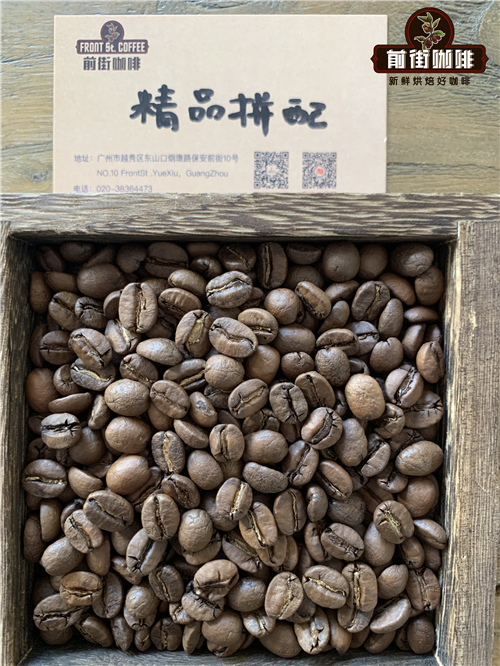
Qianjie Italian commercial matching:
Colombia: Brazil: Robusta; ratio 3:6:1, life
In terms of the flavor of individual beans, the taste of coffee obtained from commercial beans is much lower than that of high-quality coffee beans. Generally, commercial beans are chosen to be used for blending. After mixing the beans, you can also make coffee with a good export flavor, which can be used to make lattes. Cabo and other espresso. And our commercial mix to make Espresso, because there are robusta beans, oil will be richer, taste classic, caramel sweet, nut and cocoa, dark chocolate flavor, sweet and sour balance, a little bittersweet, long-lasting.
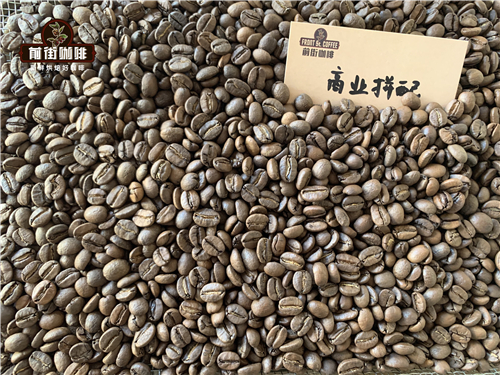
For more boutique coffee beans, please add private Qianjie coffee on Wechat. WeChat account: kaixinguoguo0925
Important Notice :
前街咖啡 FrontStreet Coffee has moved to new addredd:
FrontStreet Coffee Address: 315,Donghua East Road,GuangZhou
Tel:020 38364473
- Prev

Mantenin's unique "heavy flavor" have you extracted it? can you lose weight by drinking manning?
Professional coffee knowledge exchange more coffee bean information Please pay attention to the coffee workshop (Wechat official account cafe_style) Manning coffee bean's strength is not in the aroma, the special feature is its thick taste, so it is usually used a deeper roasting treatment to show its thickness and mellow. In addition, the eco-green Mantenin does not emphasize the wild strong deep roasting taste, breaking the general focus on Mantenin coke.
- Next
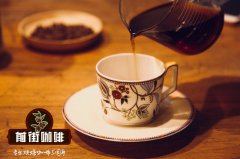
Brazilian coffee beans characteristics are the reason why Brazilian coffee beans use less washing treatment
Professional coffee knowledge exchange More coffee bean information Please pay attention to coffee workshop (Weixin Official Accounts cafe_style) Why do Brazilian coffee beans use less washing treatment? Brazilian coffee beans are grown from large farms on the flat ground at an altitude of 850 m to small farms harvested in mountainous areas. Depending on the climate and humidity conditions, the farm chooses sun, semi-sun or
Related
- Detailed explanation of Jadeite planting Land in Panamanian Jadeite Manor introduction to the grading system of Jadeite competitive bidding, Red bid, Green bid and Rose Summer
- Story of Coffee planting in Brenka region of Costa Rica Stonehenge Manor anaerobic heavy honey treatment of flavor mouth
- What's on the barrel of Blue Mountain Coffee beans?
- Can American coffee also pull flowers? How to use hot American style to pull out a good-looking pattern?
- Can you make a cold extract with coffee beans? What is the right proportion for cold-extracted coffee formula?
- Indonesian PWN Gold Mandrine Coffee Origin Features Flavor How to Chong? Mandolin coffee is American.
- A brief introduction to the flavor characteristics of Brazilian yellow bourbon coffee beans
- What is the effect of different water quality on the flavor of cold-extracted coffee? What kind of water is best for brewing coffee?
- Why do you think of Rose Summer whenever you mention Panamanian coffee?
- Introduction to the characteristics of authentic blue mountain coffee bean producing areas? What is the CIB Coffee Authority in Jamaica?

